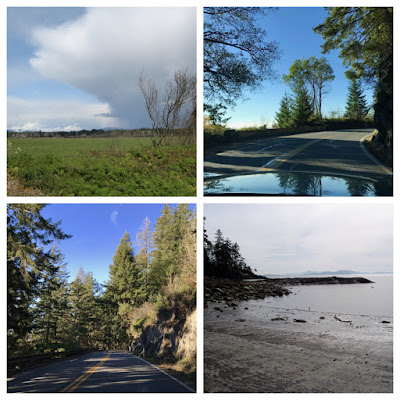Each year I like sharing posts that were favourites with my readers. Here are the top 5 for 2018 in order. Click the titles to read the posts.
1. Gumboot Girls: I participate in a monthly online book club. My review of the memoir anthology Gumboot Girls edited by Lou Allison and Jane Wilde was a hit. They have recently released a new book Dancing in Gumboots about the Comox region on Vancouver Island.
 |
| An anthology about women's lives in the 60s and 70s. |
Related Post: Darkest Before the Dawn by Canadian author Mike Martin.
2. Lake Washington Ship Channel: Wayne and I enjoy traveling for college sports. The University of Washington is within driving distance from our part-time Bellingham condo. Here we enjoy football, basketball and softball games, plus sightseeing.
 |
| A cruiser heading through the Montlake Cut. |
Related post: USC Basketball Sport-cation.
3. Cruisin' to Campbell River's Discovery Harbour Marina: We keep our 24' Bayliner at the marina in Powell River. From this home base we can explore many destinations along the BC Coast and popular Desolation Sound.
 |
| Our 2452 at the Discovery Harbour Marina for the night. |
Related post: An overnight cruise to Van Anda on Texada Island.
4. Tofino and Ucluelet, BC: Last May I had lots of fun on a trip with my friend Yvonne Maximchuk to the west side of Vancouver Island. We visited galleries, beautiful beaches and then the Filberg Lodge in Comox for her art show.
 |
| Here I am at Chesterman Beach on a misty day. |
Related post: Drawn to Sea by Yvonne Maximchuk.
5. Make Ahead Breakfast Enchiladas: I find lots of interesting things to make by following blog parties and hops. I enjoy cooking in our float cabin home the best, and love testing out new recipes. The one you liked best was easy breakfast enchiladas.
Related post: Ginger spice cake.
2018 was a very good year up the lake at the float cabin and meandering around. We hope yours was as well. - Wayne and Margy













































